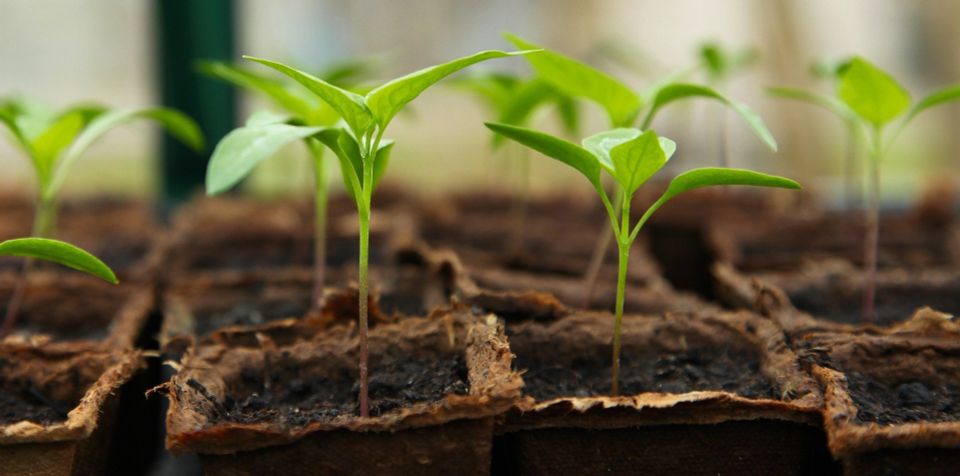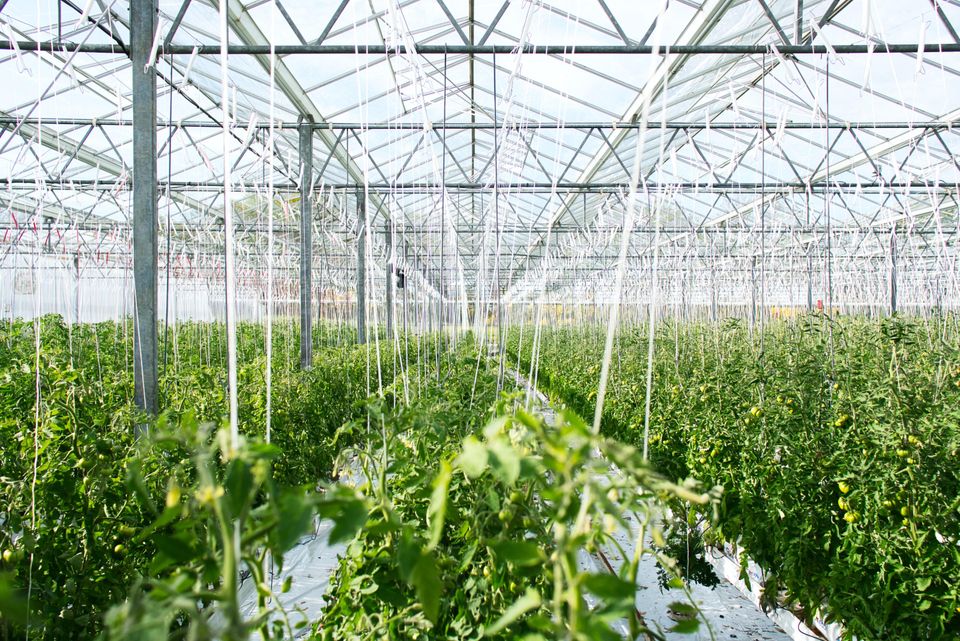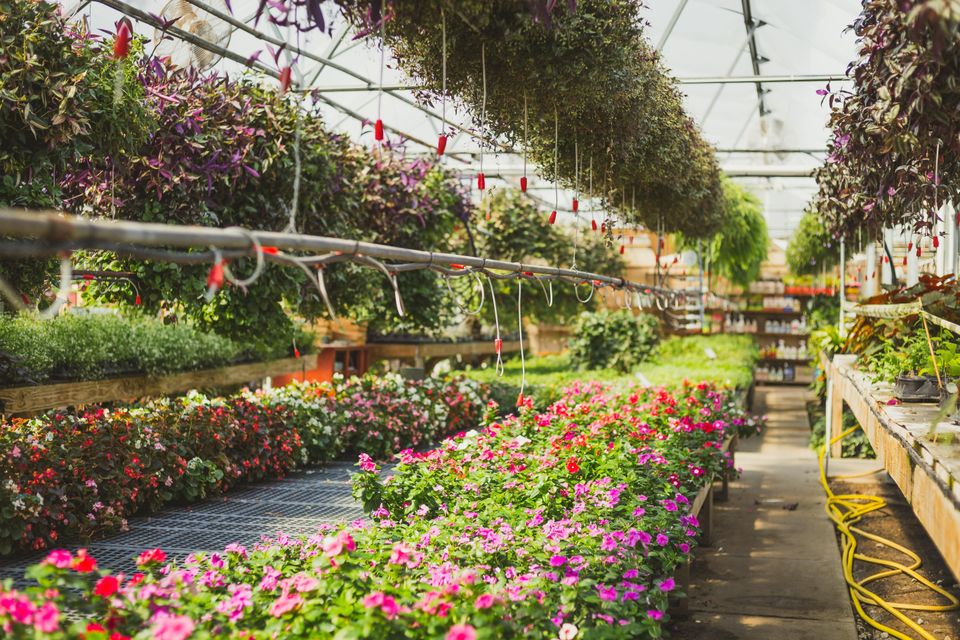Growing vertically, also known as vertical gardening, is a great way to maximize garden yield, especially in limited space. Here are some tips to help you to make the most of your space and light:
Plan Your Space:- Before starting any gardening project, it's important to plan and organize your space. Begin by sketching out the area and taking accurate measurements. Take note of the natural lighting and any areas that may be in shadow. To brighten up such spaces, consider adding artificial lights or even mirrors. Additionally, you can make use of lower shelves for workspace, storage, or sprouting seeds. This will help to optimize your space and maximize yield.
Choose the Right Plants:- For a successful vertical garden, choose plants that naturally grow upward, or vines such as tomatoes, cucumbers, peas, and beans.
Use Vertical Structures:- Utilize vertical space by installing trellises or arbors for climbing plants.
Vertical Containers:- Use hanging baskets, wall-mounted pockets, or vertical towers to grow plants. These containers can be attached to walls or hung from structures, allowing you to grow plants at different heights.
Stackable Planters:- Utilize stackable planters or tiered containers for vertical gardening of herbs, flowers, and compact vegetables.
Vertical Garden Walls:- Creating vertical garden walls can be done by building or installing structures using materials like pallets, wooden frames, or specially designed vertical garden systems. You can incorporate plant pockets or shelves into these walls to support multiple plants. When choosing plants, it's important to consider their lighting needs and choose ones that are appropriate for the amount of light your garden wall will receive. If necessary, supplement with LED lighting to ensure your plants thrive.
Espalier Technique:- Espalier is a technique where fruit trees are trained to grow flat against a wall or fence. This not only maximizes space but also makes it easier to manage and harvest the fruits.
Cages and Supports:- Plants like tomatoes can be given vertical support through the use of cages, stakes, or strings, similar to a trellis. This helps to keep the plants upright and saves space while improving air circulation and light exposure, and can make harvesting easier.
Hydroponic and Aeroponic Systems:- Consider using hydroponic or aeroponic systems, which allow you to grow plants without soil. These systems can be set up vertically, providing a compact and efficient way to grow a variety of crops.
Companion Planting:- Plant compatible crops together to make the most of available space and resources. For example, you can grow taller plants next to shorter ones to provide shade and conserve soil moisture.
Regular Pruning:- It is important to regularly prune and train your plants to encourage upward growth and discourage sprawling. When done correctly, pruning can help maintain an organized and space-efficient garden, while maximizing fruit yield.
Utilize Hanging Space:- Look up! Are you using all the vertical space? Consider hanging pots or containers from overhead structures to make use of vertical space above the ground. This is particularly useful for herbs and small flowering plants.
Alternative Crops:- To maximize your indoor space, consider composting, growing mushrooms, or keeping small animals like rabbits, chickens, earthworms, fish, or insect larvae. Don't throw everything away! A lot of the waste from your garden, household, and community can be up-cycled into fertilizer. For instance, animal waste can be composted and used to fertilize your garden.
Provide Adequate Support:- Ensure that your vertical structures are sturdy and can support the weight of growing plants. This is crucial to prevent damage to both the plants and the structure.
Remember to consider factors such as sunlight, watering, and access to nutrients, climate, and ventilation when planning your vertical garden. By maximizing vertical space, you can significantly increase your garden yield even in limited or unconventional spaces.



